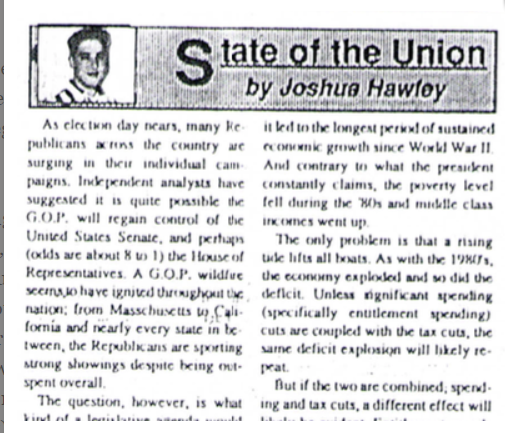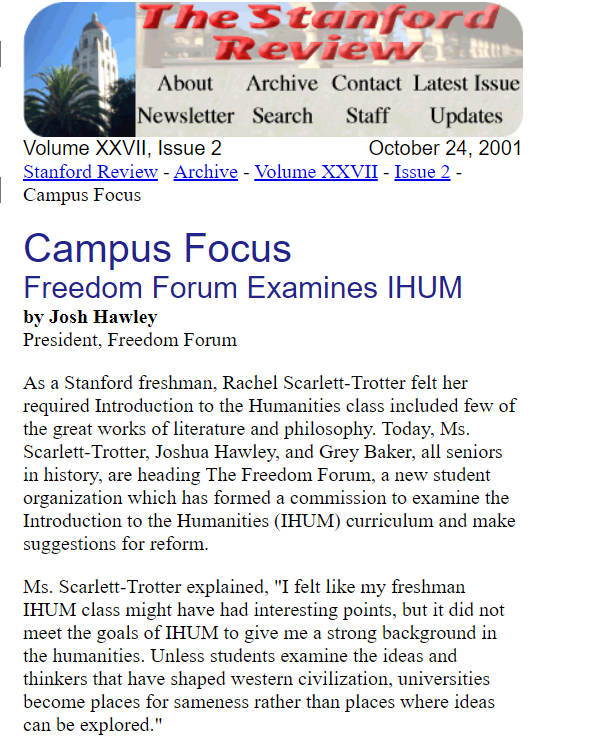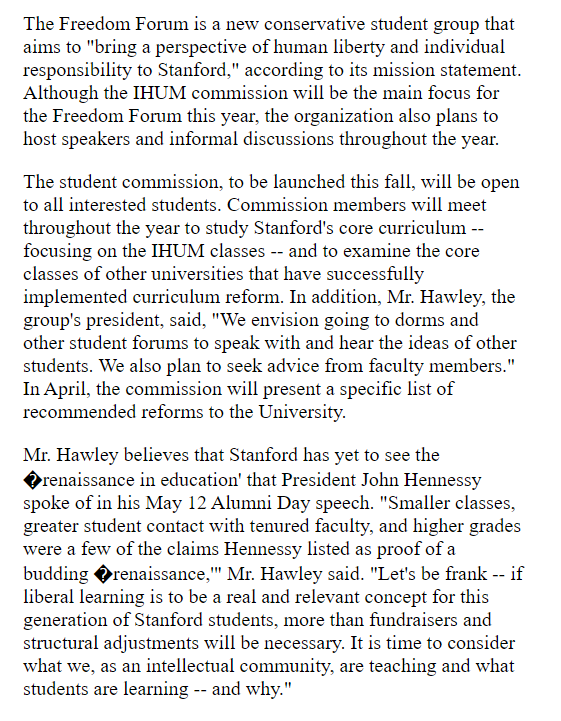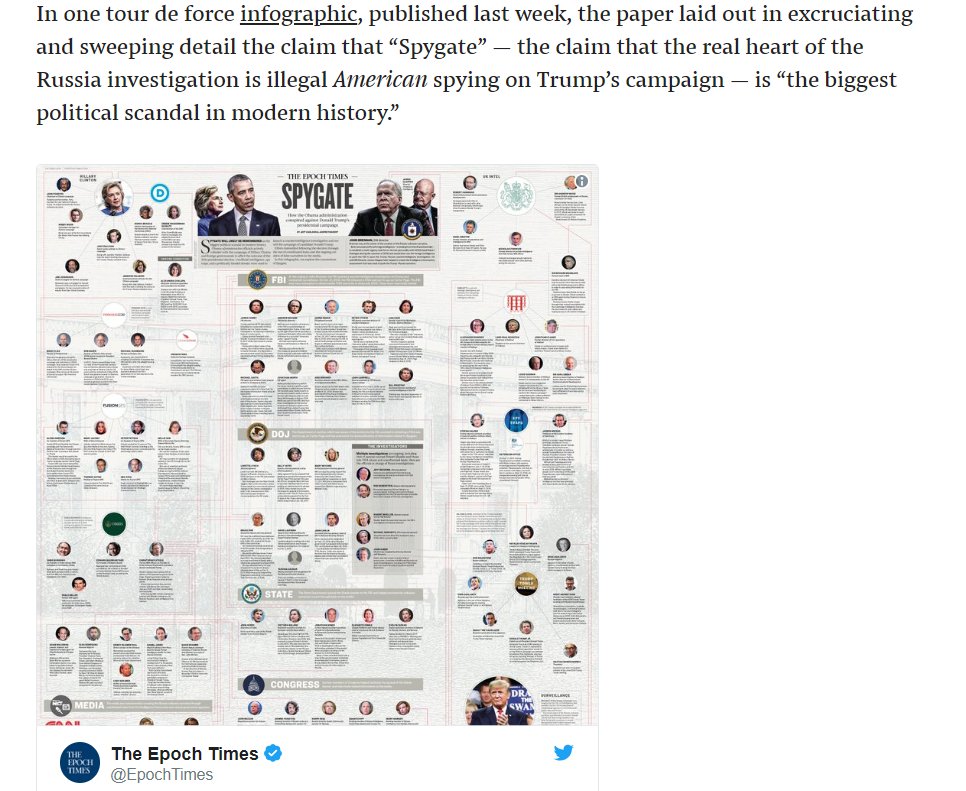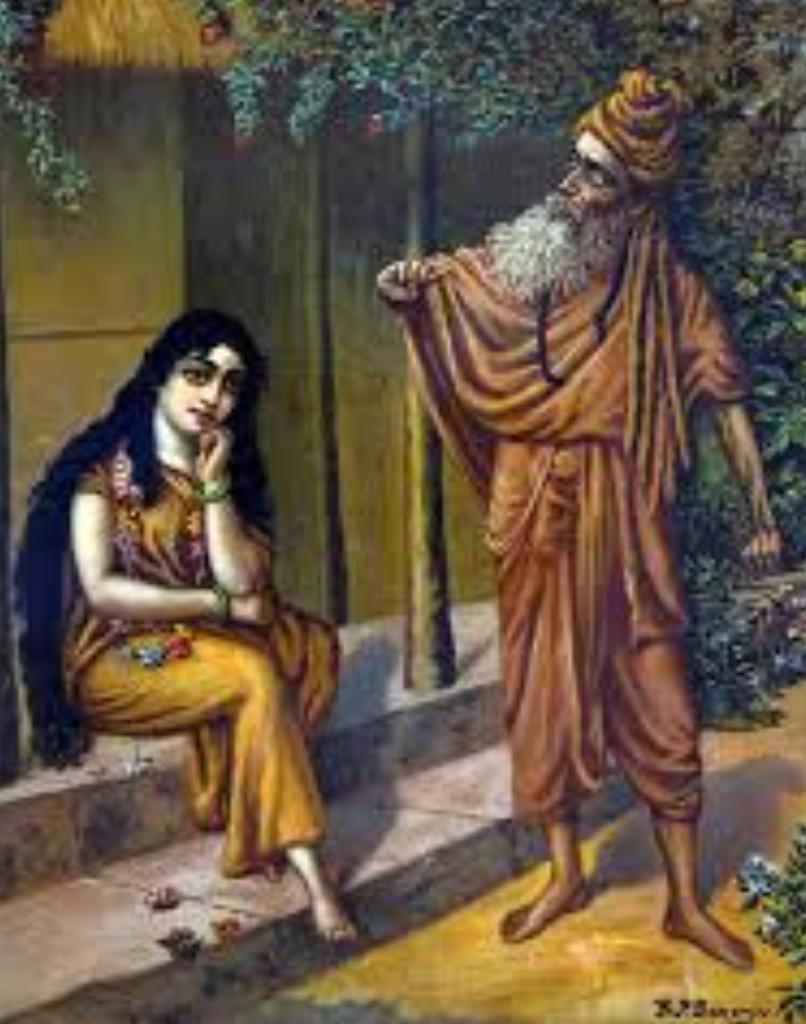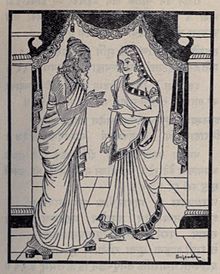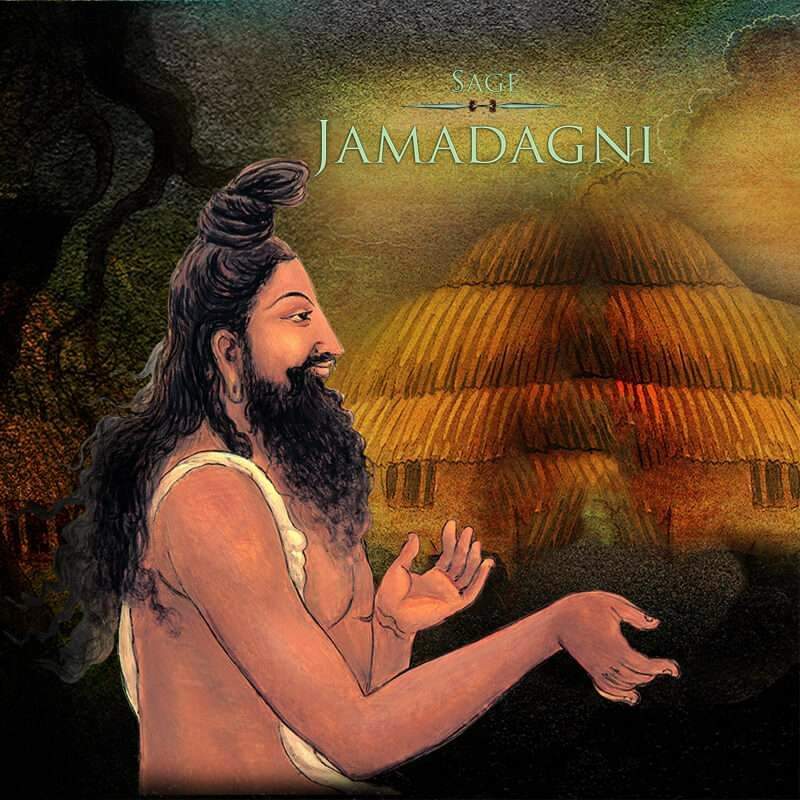After the disaster at Panipat, Madhavrao I, became the Peshwa on June 23, 1761, at a very young age of 16. He managed to bring the administration back into track, and also secured the treasury that was being looted. He had the unenviable task of rebuilding the Maratha Empire
Madhavrao I’s reign however would be remembered for the creation of the semi autonomous Maratha states in the Deccan and the North, it was a tactical decision to keep the Maratha empire intact.
While the Peshwas ruled over Pune, in the Western part of India, Pilaji Rao Gaekwad captured Baroda from the Mughals in 1721, leading to the establishment of the Gaekwad dynasty there. The Peshwa authority by now had considerably eroded post Panipat
In Central India, Ranoji Scindia, a patil from Satara district, commanded the Maratha invasion of Malwa, under Peshwa Baji Rao and became subedar of the province in 1736. He established his own capital at Ujjain in 1731, and later in 1810 moved to Gwalior,
Holkars were primarily Dhangars, a community of shepherds and cattle herders , predominantly found in Maharashtra. It is believed they were originally from Gokul near Mathura, and later migrated into Mewar, from where they spread into Gujarat and Maharashtra.
They were known for their poetry called Ovi, which was inspired by the pastures and forests where their flocks grazed. Their patron deity was Biroba, a form of Lord Shiva, and the Dhangari Gaja dance in his honor is pretty well known. Their pilgrimage is Khandoba Temple,Jejuri.
In the village of Hol, close to Jejuri( now in Pune district), Malhar Rao Holkar was born, in 1693. Growing up at Taloda(now in Nandurbar dt), he belonged to the Raj Pali clan of the Dhangars, a form of Royal Shepherd, one of the higher rated clans.
. One of his wives was Bana Bai Sahib Holkar, a Khanda Rani. Like most others, Malhar Rao Holkar served for some time under the local Sardar, Kadam Bande, and took part in the military campaigns of Peshwa Balaji Vishwanath in 1719
Post Aurangzeb’s death in 1707, the Mughal empire started to slide into decline, and the actual power remained with the Sayyid brothers, Hussain Ali Khan and Abdullah Ali Khan, the so called king makers.
Hussain Ali Khan, weary of the constant Maratha attacks in the Deccan, sought to make peace with them, and in 1718, Balaji negotiated a treaty with them, by which the Marathas would have the right to chauth and sardeshmukhi in the old Mughal provinces of the Deccan.
As well as Gujarat, Khandesh and returning Shivaji’s Maharaj’s territories in Karnataka. Farrkukhshiyar, the Mughal emperor refused to ratify the treaty, and attempted to get rid of the Sayyid brothers, who however having got wind of the news, organized a rebellion.
Indore was initially a part of the Kampel pargana during the Mughal empire, under the Malwa Subah and administered from Ujjain. It was first developed by zamindar Rao Nand Lal Chaudhary and was believed to have got it’s name from the Indreshwar Temple there.
The modern day settlement was founded during the mid 1710s, when Nandlal built the Sree Sansthan Bada Rawla,to offer his people a sanctuary from the continous warring between the Maratha and Mughal rulers.
Lying on the Delhi-Deccan route, Indore also grew into importance as a trading center. In 1724, the Nizam accepted the rights of the Marathas to levy chauth in this area, and by 1733, the Marathas had full control of the Malwa region.
Nandlal Chaudhary accepted the Maratha rule, and also retained the right to perform the first Dussehra Puja before the Holkar rulers. Indore state was founded on July 29. 1732 when Baji Rao granted Malhar Rao Holkar the 28 and half parganas in Malwa.
Malhar Rao Holkar also started the construction of the Rajwada in Indore, a mix of Maratha and Mughal styles, famous for it’s chhatris.
In 1718, Balaji Viswanath, sent a massive Maratha army to Delhi, in which Malhar Rao Holkar played a major role. Delhi was overcome by the Marathas, after some determined resistance, Farrukhsiyar was captured, deposed and blinded by the Sayyid brothers.
It would be one of the greatest triumphs in Maratha history. In 1720, Malhar Rao Holkar again played a major role in the Battle of Balapur against the Nizam in 1721 and latter served under the Raja of Barwani, a former princely state now in Madhya Pradesh.
Having tired of now leading the life of a mercenary, Malhar Rao, now joined the Peshwa Baji Rao’s army and by the dint of his hard work, moved up in the ranks. He was one of Baji Rao’s trusted commanders, and fought in various important campaigns.
Malhar Rao had earlier played a role in settling a dispute in Bhopal, thus winning Baji Rao’s confidence even more. Soon he was commanding a force of 500 and by 1727 he was overseeing troops in the Malwa region.
One of his greatest achievements was during the Battle of Palkhed in 1728, where the Marathas inflicted a crushing defeat on the Nizam. The genesis of this battle lay in the Nizam Asaf Jah I, using Sambhaji II of Kolhapur as a counter against Baji Rao I, to expand his empire
Malhar Rao played a major role in cutting down the supplies and communications of the Nizam’s army, giving the Marathas a strategic advantage. And soon at Palkhed, the Nizam found himself cornered, by the Marathas, and suffered a humiliating rout.
By 1732, Malhar Rao Holkar was commanding a large part of the Malwa region, primarily Western Malwa, and a cavalry force of several 1000 men.
He never looked back after this, defeating the forces of the Nizam at Tal Bhopal in 1739, and later conquering the fort of Bassein( now Vasai) from the Portuguese after a long drawn out siege under the leadership of Chimaji Appa.
He also received the villages of Rampura, Bhanpura and Tonk from Madhosingh I of Jaipur for the assistance he rendered to him in 1743, during his internal disputes with Ishwari Singh.
For his gallantry in the Rohilla campaign of 1748, he was granted an Imperial Sardeshmukhi and by now Malhar Rao Holkar was the undisputed master of Western Malwa.
Lording over Malwa, playing a kingmaker in North and Central India, Malhar Rao Holkar was now the master of a huge territory lying between the Narmada and Sahyadris. Holkar also played a signficant role in the North, too, especially in the disputes between various rulers,
One of the more important ones being the Battle of Farukhabad during 1751-52, where along with Jayappa Scindia, Gangadhar Tatya, aided the Safdarjung the Nawab of Oudh, against a combined force of Shadullah Khan, Bahadur Khan Rohilla and Ahmed Khan Bangash.
Safdarjang was originally the Grand Vizier in the Mughal court, whose increasing popularity led to an assasination attempt on his life in 1749. This only exacerbated tensions with the Imperial Afghan faction of the Mughal court, particularly Javed Khan Nawab,
Ahmed Khan Bangash launched an attack on Safdarjang’s possessions in Oudh, wounding him, and this made Safdarjung launch an all out attack on him. The enmity between Safdarjung on one side and the Rohillas, Bangash on other side, saw him retreat to Oudh from where he ruled.
Safdarjung in turn made a treaty with the Marathas who in turn would assist him in his fight against the Rohillas and Bangash. Tragedy however struck Malhar Rao Holkar during the siege of Kumher Fort( now in Bharatpur dt, Rajasthan), in 1754 AD.
During the siege that lasted 4 months, Malhar Rao’s son Khanderao Holkar one day was inspecting the troops outside the fort, when an open cannonball hit him, killing him on the spot.
A grief stricken Malhar Rao swore revenge on the Jat ruler, Suraj Mal, and besieged Kumher, vowing not to return, until Suraj Mal was killed, and Kumher destroyed. However Maharani Kishori advised an increasingly isolated Suraj Mal not to worry, and started diplomatic efforts
Taking advantage of the differences between Malhar Rao and Jayappa Scindia, she sought the latter’s assistance to Suraj Mal in the event of Malhar Rao attacking him. Scindia assured Suraj Mal of his assistance, and then contacted the Peshwa Ragunathrao
In 1757, along with Raghunath Rao and the Mughal Wazir Imad Mulk, laid siege to Delhi that was under the control of Najib-Ud-Doulah, the Rohilla leader who effectively controlled it after Ahmed Shah Abdali installed the puppet ruler Alamgir II.
Leading a force of 100,000 Marathas, Malhar Rao first crushed the Afghans in the Doab region. Soon a force of 30,000 Marathas, encamped outside Delhi, and after a 2 week long siege Najib, surrendered and was taken prisoner by the Marathas.
This also made the Marathas the de facto rulers of Delhi, and Alamgir II, just remained a titular head with no real powers. Using Delhi as the base Malhar Rao, also captured Sirhind in 1758 and later Lahore too fell, while Tukoji Rao Holkar conqured Attock.
The promise made by Baji Rao to fly the Maratha flag at Delhi and Attock was fulfilled. Malhar Rao passed away in 1766, and his daughter in law Ahilyabai Holkar took over and would prove herself to be one of the greatest queens of India.
On his Jayanti today, tributes to Malhar Rao Holkar, founder of the Holkar kingdom of Indore, who played a vital role in the development of the city, and laid foundation for one of the most powerful Maratha kingdoms in Central India.





